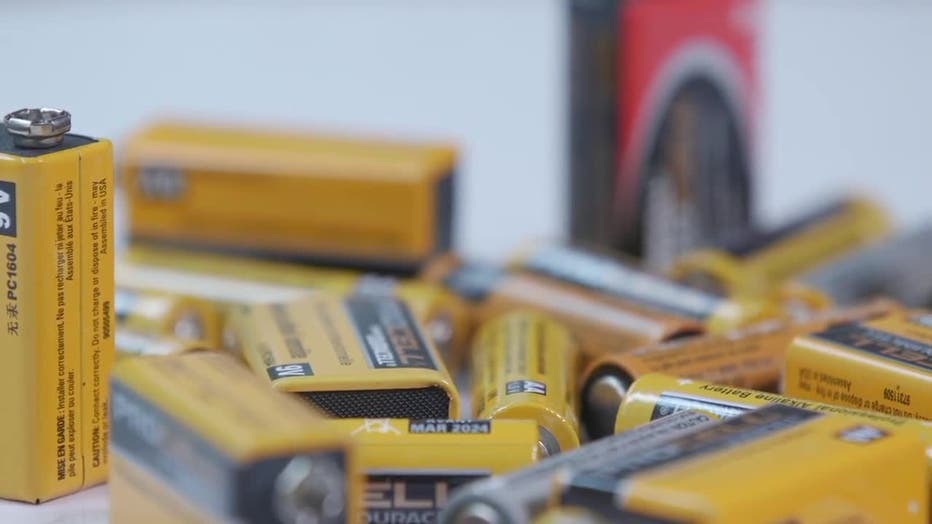Time to switch to rechargeable batteries?
Batteries are something many of us rely on to power up our TV remote or a flashlight during a storm.
And if you have kids, you know the constant demand for fresh batteries to turn on all those toys.

Consumer Reports explains how using rechargeable batteries can help save you money and help save the planet.
Both rechargeable and single-use batteries contain toxic chemicals and heavy metals that can pollute the environment.
They both also require water and energy in the manufacturing process and release greenhouse gases into the atmosphere.

But a 2016 study in the International Journal of Life Cycle Assessment says that rechargeable batteries are more sustainable than disposables after you’ve used them at least 50 times, and that’s something that shouldn’t be a problem for many families.
Consumer Reports says toys and wireless mice are a great place to use rechargeable batteries because they usually draw a lot of power over a short period of time.
And make sure you also buy a charger that can accommodate all the different sizes of rechargeable batteries you’ll be using.
As for single-use batteries, CR says they hold a charge longer and are best for things like smoke detectors and emergency tools, such as flashlights.

They’re designed to have a slow discharge for those types of items that you need at the ready.
All batteries—even rechargeable ones—eventually die.
And if you’ve ever left batteries in an old device and found that they leaked, you can just imagine what happens to them in a landfill.
To help keep those toxic chemicals out of the environment, CR suggests that you recycle them.

All Consumer Reports material Copyright 2022 Consumer Reports, Inc. ALL RIGHTS RESERVED. Consumer Reports is a not-for-profit organization which accepts no advertising. It has no commercial relationship with any advertiser or sponsor on this site. Fo

